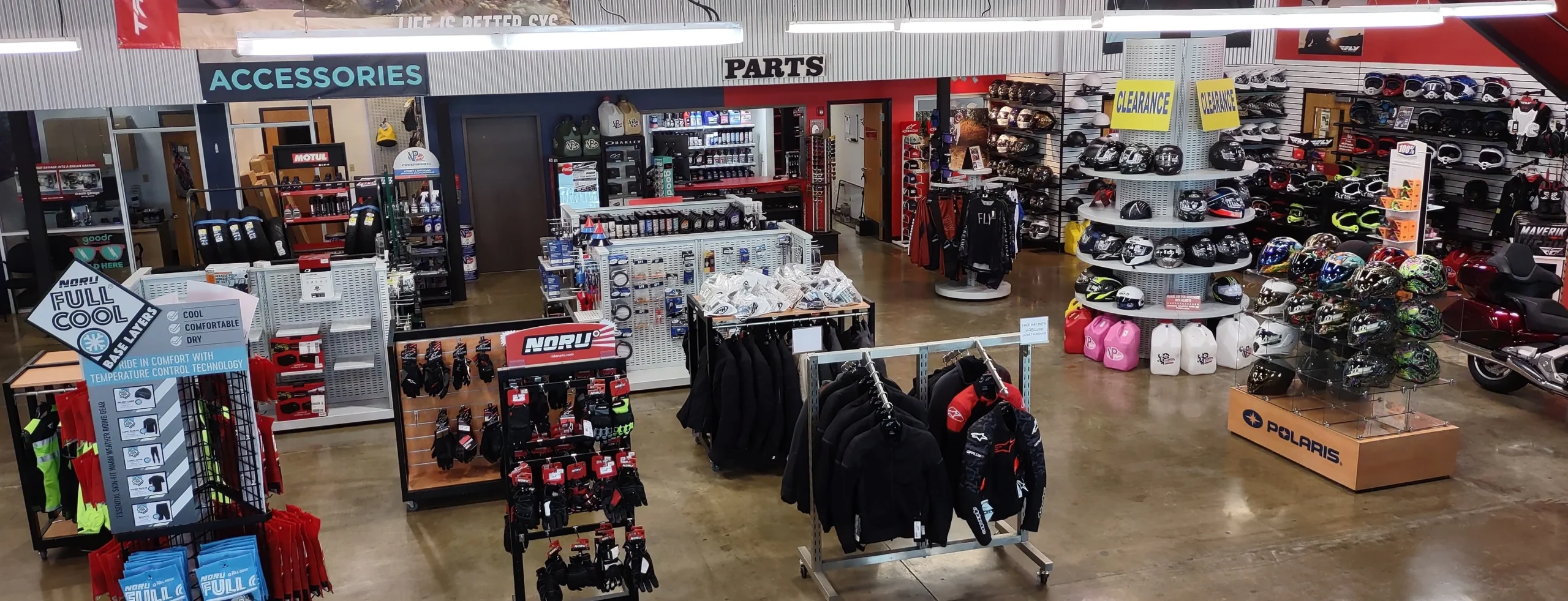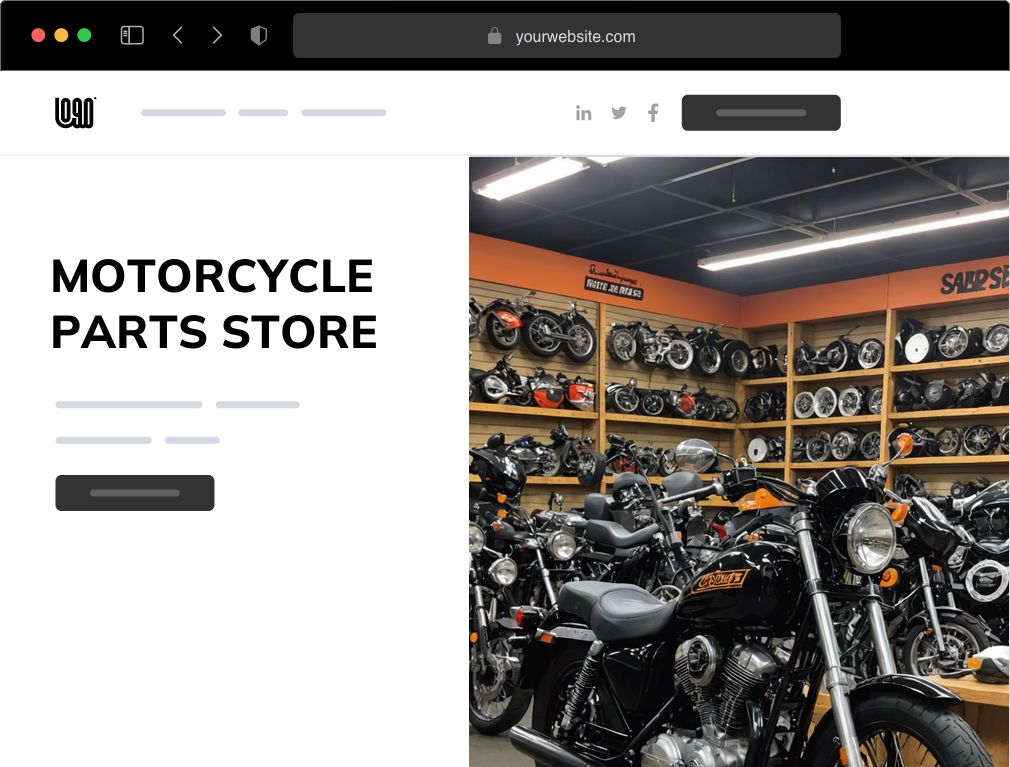Must-Have Motocross Gear: Elevate Your Riding Experience Today
Must-Have Motocross Gear: Elevate Your Riding Experience Today
Blog Article
Recognizing the Important Parts of a Bike: A Comprehensive Overview for Enthusiasts
For motorcycle enthusiasts looking to elevate their riding experience and ensure their bikes run smoothly, understanding the necessary elements of a motorbike is paramount. Each component, from the engine's complex functions to the important duty of the stopping systems, not just impacts efficiency yet likewise safety and comfort.
Engine Parts

The camshaft plays a crucial function in controlling the timing of the engine's valves, guaranteeing the specific opening and closing necessary for effective fuel and air intake, in addition to exhaust expulsion. This timing is crucial to maintaining ideal engine performance and effectiveness. In addition, the carburetor or gas injection system, relying on the motorbike design, is responsible for blending air with gas in the correct ratio for combustion.
The air conditioning system, either air or liquid-based, functions to preserve the engine's temperature level within functional limits, avoiding overheating and making sure long life - motocross gear. Each part, diligently developed and integrated, adds to the smooth operation of the engine, specifying the motorcycle's power outcome and general efficiency
Transmission System
Essential to the bike's functionality, the transmission system guarantees efficient power transfer from the engine to the wheels. This system makes up several crucial elements, consisting of the clutch, transmission, and last drive, each playing a vital duty in equating the engine's power into movement. The clutch, generally run by a hand bar, offers to disengage the engine and involve from the transmission, permitting smooth equipment modifications and regulated acceleration.
The gearbox, typically referred to as the transmission proper, consists of a set of gears that motorcyclists can manually shift through to adjust the bike's speed and torque output. These gears are organized in a sequence that enables the bike to increase efficiently and keep optimum engine performance across numerous speeds. Many bikes use a sequential gearbox, calling for the motorcyclist to move equipments in an established order.
Braking Devices
While understanding the transmission system is vital to harnessing a bike's power, similarly essential is the capacity to regulate and stop that power properly, which is where stopping devices enter into play. Brakes are important for security and efficiency, providing the motorcyclist with the needed control to browse different terrains and problems. Generally, bikes include 2 sorts of braking systems: disc brakes and drum brakes.
Disc brakes are more common in modern bikes as a result of their premium efficiency. They are composed of a brake disc, caliper, and pads. When activated, the caliper squeezes the brake pads against the rotating disc, transforming kinetic power into warmth, thus slowing the wheel. This system supplies better warmth dissipation, consistent performance, and improved quiting power, specifically in wet problems.
Alternatively, drum brakes, though much less typical, are still found in some motorbikes. They function by pushing brake shoes against the internal surface of a drum connected to the wheel. While generally less efficient in heat dissipation and stopping power, drum brakes are easier and a lot more cost-efficient.
Comprehending these braking systems' nuances allows bikers to maintain their motorbikes properly and appreciate the design that guarantees risk-free and efficient quiting.
Suspension and Steering
Suspension and guiding systems are important parts that substantially influence a motorcycle's handling and experience convenience. The shock absorber, containing forks at the front and shock absorbers at the back, takes in road abnormalities, boosting security and control. Front forks, upside down or usually telescopic, compress and rebound to minimize influences, while rear shock absorbers keep tire call with the roadway, critical for traction and security.
Guiding, focused around the handlebars, links the cyclist to the bike's directional control. The steering head bearings make sure smooth operation, permitting accurate ability to move. Correct placement and maintenance of these bearings are essential for predictable guiding reaction and reducing motorcyclist exhaustion.
The suspension's adjustability is an additional important aspect; preload, damping, and rebound settings allow customization to weblink suit numerous riding styles and conditions. This versatility is vital for maximizing performance, whether browsing city streets or tackling sturdy routes. Technologies like digital suspension systems supply real-time changes, boosting ride quality across diverse surfaces.

Electrical Systems
After guaranteeing a smooth and controlled adventure through efficient suspension and guiding systems, interest turns to the electric systems, a crucial aspect of modern motorbikes. These systems play a vital function not just in beginning the engine but also in powering numerous parts that improve the functionality and security of the motorbike.
At the heart of a motorbike's electrical system is the battery, which stores electrical power required for starting the engine and powering auxiliary systems - motorcycle shop. The alternator or generator, combined with the rectifier-regulator, makes certain the battery stays billed while the motorcycle functions, transforming power into electrical power and keeping voltage degrees
The ignition system, an additional vital element, is in charge of firing up the air-fuel combination in the engine's cylinders. Modern bikes typically utilize an electronic ignition system, using better performance and reliability compared to traditional systems.
Lights systems, including headlights, tail lights, and indications, are additionally important, ensuring presence and safety and security for the cyclist. Extra digital parts such as sensing units, control units, and shows add to innovative features like fuel injection administration, anti-lock braking systems (ABDOMINAL MUSCLE), and digital control panels, additionally improving the riding experience.
Conclusion
An extensive understanding of a bike's important elements, consisting of the engine, transmission system, stopping systems, suspension, steering, and electric systems, is essential for enthusiasts intending to enhance convenience, performance, and security. Proficiency of these aspects enables informed decisions concerning visit our website maintenance and upgrades, eventually boosting the riding experience. By integrating this understanding, riders can guarantee their motorbikes run at peak effectiveness and dependability, thereby optimizing both satisfaction dirt bike parts near me and durability of their vehicles.
For motorbike lovers looking to boost their riding experience and ensure their bikes run smoothly, understanding the crucial elements of a bike is critical.Integral to the bike's functionality, the transmission system guarantees efficient power transfer from the engine to the wheels.While understanding the transmission system is vital to using a motorcycle's power, equally crucial is the ability to regulate and quit that power efficiently, which is where stopping devices come right into play. Usually, motorbikes include two kinds of braking systems: disc brakes and drum brakes.
An extensive comprehension of a bike's vital components, including the engine, transmission system, stopping devices, suspension, steering, and electric systems, is indispensable for fanatics intending to maximize comfort, safety, and efficiency.
Report this page